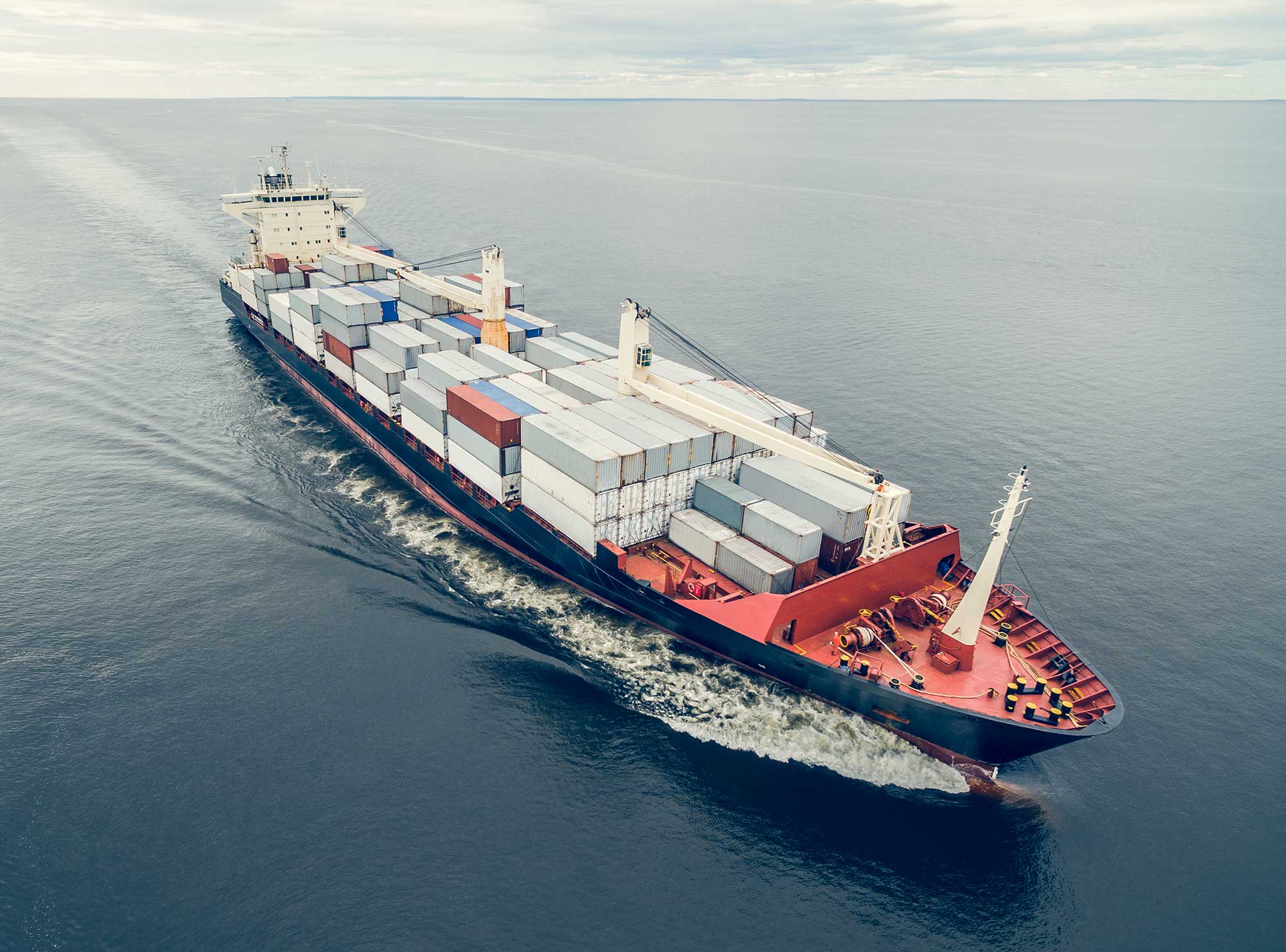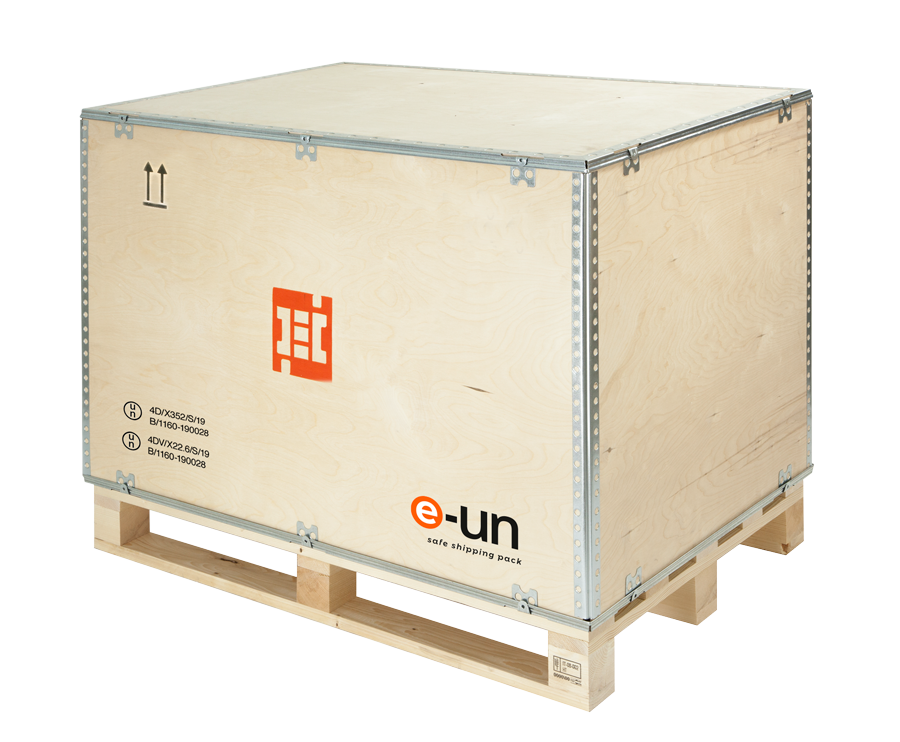
Approval
We provide advice on standards required by international customs and supply packaging for the Transport of Dangerous Goods (UN) covered by ADR/RID/ADN/IMDG/IATA regulations, depending on the type of goods, packaging and transport vehicles to be used.
ROAD TRANSPORT
The ADR (Accord Dangereuses Route) regulates the transport of dangerous goods by road, while the RID (Règlement International concernant le trasport des marchandieses dangereux par chemin de fer) regulates the transport of goods by rail. Contents are updated every two years.
MARITIME AND AIR TRANSPORT
Besides these, there are the IMDG Code (maritime transport), the ICAO/IATA Technical Instructions (air transport), and the ADN code (inland waterway transport).
All parties involved in the transfer of dangerous goods must comply with specific obligations
UN regulation

OBLIGATIONS
UN regulations require:
- classification of dangerous goods, substances and mixtures;
- packaging conditions of goods, characteristics of packaging and containers;
- procedures and tests for the approval of packaging for transporting dangerous goods;
- construction details of vehicles and tanks;
- requirements for transport vehicles, including transport documents.
Depending on the quantity of goods, approved packaging must be used, which has to bear the UN marking, namely, the certificate of approval of the packaging by an authorised body. In order to obtain it, a series of tests including mechanical strength, drop, content stacking, climate chamber conditioning, capacity and vibration, etc. need to be carried out.
E-UN CRATES FOR DANGEROUS GOODS
Consultancy and supply suitable for dangerous goods
We offer advice and supply packaging that is suitable for dangerous goods requiring approval (UN) according to the classification of materials in 9 categories:
- Class 1 Explosives
- Class 2 Gases
- Class 3 Flammable liquids
- Class 4 Flammable solids: substances that ignite spontaneously, substances that emit a flammable gas when wet
- Class 5 Oxidisers and organic peroxides
- Class 6 Toxic and infectious substances
- Class 7 Radioactive substances
- Class 8 Corrosive substances
- Class 9 Miscellaneous dangerous substances
Classification of packaging for Dangerous Goods
- Packaging group I (X)
They pass drop tests from 1.8 metres and are the most resistant, for very dangerous goods such as cyanide and other infectious substances. Packaging tested for group I (X) can be used for group II (Y) and group III (Z) substances. - Packaging group II (Y)
They pass drop tests from 1.2 metres, for medium hazardous substances and batteries. Other certifications are also required to transport explosive material by air. - Packaging group III (Z)
They pass drop tests from 0.8 metres, for less hazardous substances (road transport of flammable liquids and batteries)

